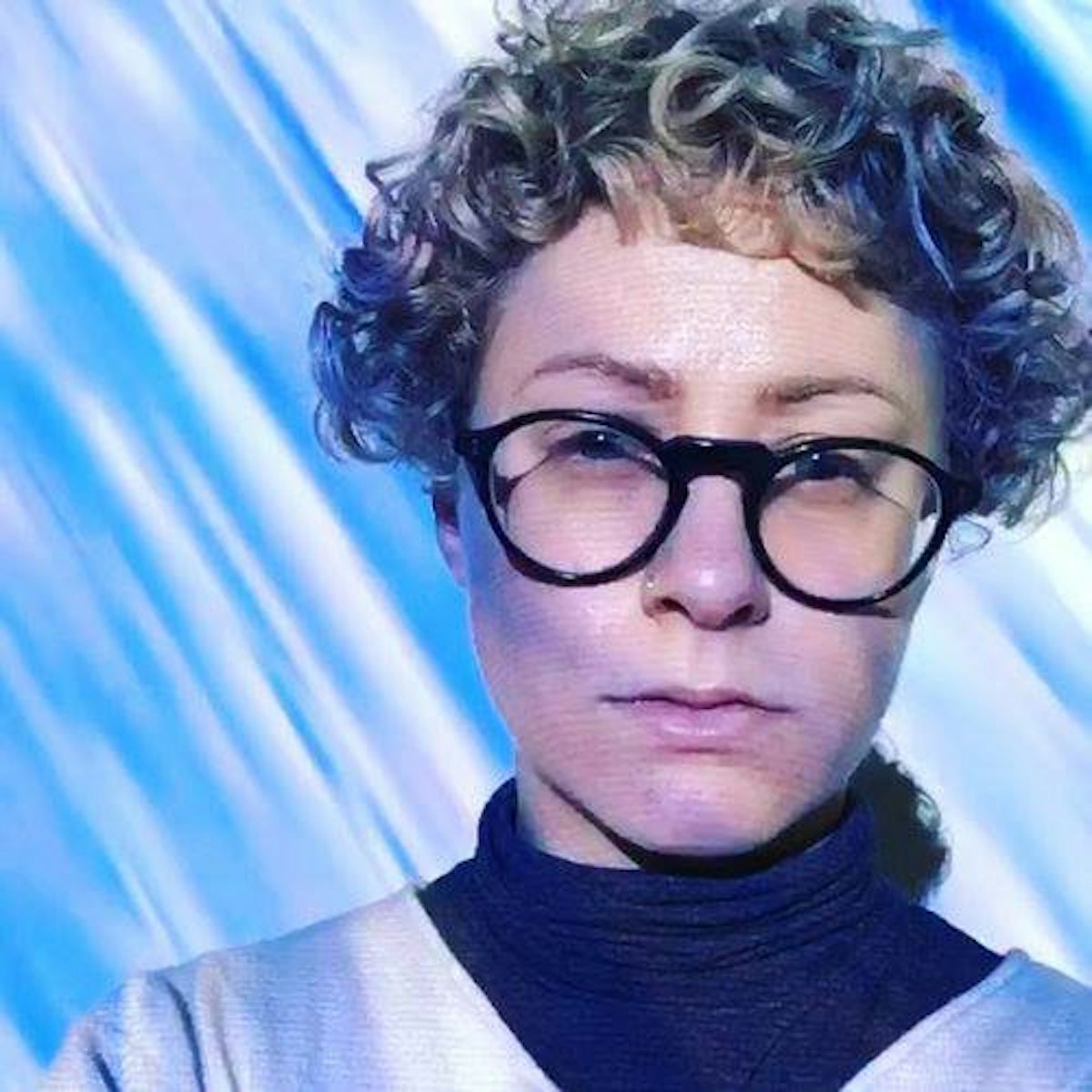Synth Hackathon: w PTRG @ SAIC

Application
In collaboration with the Performance Technology Research Group (PTRG) at SAIC, CCAM sponsored and hosted entries into Synthux Academy’s international synth hackathon. Over four days, teams of 2-4 woredk together and with a mentor to develop and document a synth “from scratch” that speaks to this year’s theme of Humanity. Previous entries span different areas of making and research, including responsive environments, circuit-bending, app development, installation, performance, biomusicology, DJ practices, and more. Check out last year’s website for inspiration.
Participants worked over four days at dedicated space in downtown Chicago and provided microcontrollers, tools, and other relevant components. “Prizes” from Arturia are distributed randomly by Synthux to participants who submit a completed project.
Participation was open to all regardless of skill level, although spots are limited.
APPLY HERETimetable
| February 9 | Call for Applications Opens |
| February 22 | Call for Proposals Closes |
| March 1 | Notification of Acceptances |
| March 14th - 17th | Hackathon |
Projects
Tension Controllers
Grace Papineau-Couture and John Shin
The Tension Controllers explore harmony and dissonance through physicality. Two players work together to find the harmony and dissonance contained in the waveforms each instrument generates thereby entering a conversation with one another through resistance and touch.
Our Tension Controllers use a conductive rubber cord as a voltage divider interfaced with a teensy arduino board. One Tension Controller consists of a conductive rubber cord used to control an oscillator in teensy as 3 copper tape touch sensors modulate the frequency. Each plate acts as a gate for the oscillators and when the conductive rubber cord is pulled, it modulates the frequency of the waveforms. The second Tension Controller is also used to control an oscillator that is modulated when the conductive rubber cord is pulled. The cord rests on a bridge that has a piezo disc underneath that is activated when the cord snaps against the bridge or when the board is knocked.
Symphony of a Mass
Rose Ansari, Zio, and Emily Zhang
In a lonely, posthuman void, the beat of one’s heart invokes our humanity. [Symphony of a Mass] is an entity fueled by human pulse. At times it becomes uncontrollable, roaring into the abyss, and is subdued at others. [Synthpathizer] translates pulse into music, creating a chaotic soundscape as it increases. The slowing of one’s heartbeat tones down the chain reaction present in the work- a slow in one’s pulse signals the fan to turn slower, finally calming down the main body of the work, the photocell synthesizer.
Creating [Symphony of a Mass], we connected a pulse sensor to an Arduino Uno, where readings of pulse waves are scaled to the speed of a DC motor, which drives a fan. Serial readings are also sent to MaxMSP, creating a MIDI interface that communicates with Ableton to create sound. The physical installation consists of five photocell synthesizers hung on a ceiling, along with the pulse-controlled fan in front of a spotlight. The oscillations from the photocell synthesizers are sent to Ableton, and then sent to multichannel speakers. As pulse readings control the fan motor speed, light is blocked from the photocell synthesizers. Played beside the sounds from pulse readings, the oscillations continuously fluctuate, harmonize, and clash.
Firefly Synth
Patrick Glennon, Ian Kang, Mischa Khoklo, and Max Luebbers
Gallery
Tension Controllers

Grace Papineau-couture
Grace Papineau-Couture and John Shin are one-time collaborators (thus far...) who both weave together sonic tapestries through drone.

John Shin
Grace Papineau-Couture and John Shin are one-time collaborators (thus far...) who both weave together sonic tapestries through drone.
Symphony of a Mass

Zio
Zio is trying to make music.

Rose Ansari
Rose Ansari is an Iranian multidisciplinary artist and creative technologist. She attended Alzahra University of Tehran for her Bachelor of Fine Arts. Currently, she is a Master of Fine Arts student in Art & Technology / Sound Practices at the School of the Art Institute of Chicago, USA.
Firefly

Patrick Glennon
Patrick Glennon is a musician, educator, and game developer. He regularly composes for dance and performs with the experimental pop trio Big Pal and the electro-acoustic duo Lirra Skirra.
mentors

Joseph Kramer
Joseph Kramer is an artist working with technology and sound as orienting tools, creating instruments, objects, and compositions to explore the limits of our reach and investigate the nature of our connections. He has worked with Noé Cuéllar since 2009 under the project name Coppice. He is based in Chicago, IL.

Robb Drinkwater
School of the Art Institute of Chicago, Sound, Faculty Member

Kim Nucci
Kim Nucci is a Chicago-based media artist, composer, and technologist. As a musician, they perform on electronics, modular synthesizer, and saxophone and create interactive installations using architectural interventions, sculpture, arduino and other microcontrollers as a visual and sound artist.

Garrett Laroy Johnson
Garrett Laroy Johnson is a Chicago-based sound and media artist, researcher, and theorist. His transdisciplinary work engages Guattarian process theory, politics and the production of subjectivity, computation and materialism, and post-psychoanalysis.
Stay up to date by signing
up for our newsletter
© Center for Concrete and Abstract Machines

